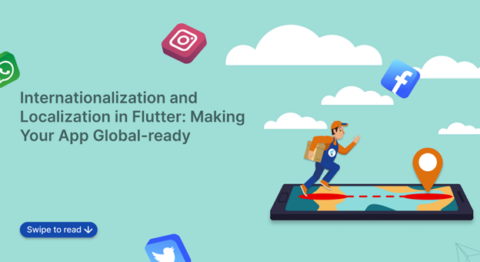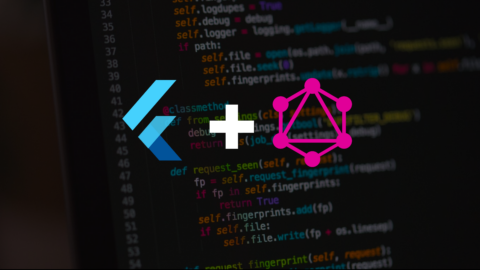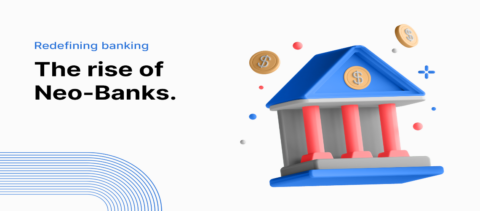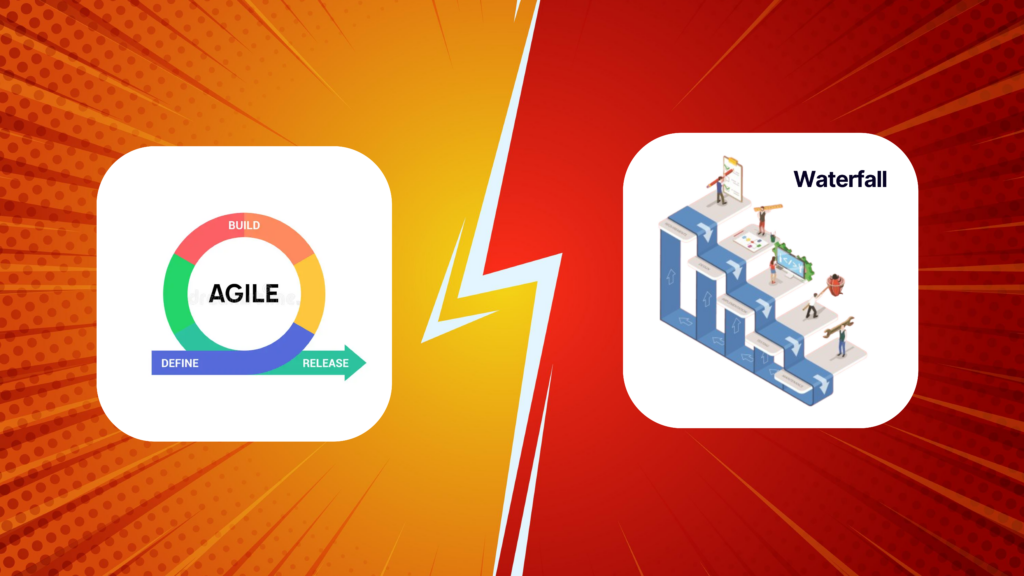
When it comes to software development, project management approaches are quite important. Agile and Waterfall are two of the most well-known, with each providing unique methodologies tailored to specific project requirements. While Waterfall employs a sequential, step-by-step approach, Agile values flexibility, allowing for simultaneous work throughout many project phases.
Similarly, approaches such as Agile and Waterfall shape the software development life cycle (SDLC) from concept to delivery. These frameworks include distinct stages that are precisely designed to fit their specific settings, assuring efficiency and efficacy throughout the development process.
In this post, we will look at both Agile and waterfall techniques, to provide deep insights that will assist project managers in building an optimal project management strategy.
Key differences between the Agile and waterfall model
| Agile Model | Waterfall Model |
| Divides project lifecycle into sprints | Software development has distinct phases |
| Adopts incremental approach | Follows a sequential design process |
| Offers flexibility | Typically follows a structured and rigid process |
| Consists of multiple projects | Typically treats software as a single project |
| Allows changes in requirements post-initial planning | Requirements are fixed once development starts |
| Follows iterative development approach | Development phases are sequential |
| Test plan reviewed after each sprint | Test plans often not discussed until the testing phase |
| Requirements may change and evolve | Projects usually have fixed requirements |
| Testing concurrent with development | The testing phase follows the development phase |
| Focuses on product satisfaction | Emphasizes project completion |
| Increases stress in fixed-price scenarios Works well with small, dedicated teams | Reduces risk with fixed contracts Limited team coordination |
| Suited for time and materials funding | Requires business analysis for requirements |
| The product owner and team update requirements daily | Difficult to change requirements |
| The project is managed by the entire team | The project manager typically required |
What is Agile development model & its benefits?
The Agile development paradigm encourages ongoing interaction between development and testing throughout the project’s Software Development Life Cycle (SDLC). Unlike the waterfall paradigm, Agile allows for concurrent development and testing operations, which encourages collaboration among customers, developers, testers, and management.
Agile divides the project into small incremental builds that are delivered in iterations of one to three weeks.
Key benefits of the Agile development model include:
- Focus on customer feedback, collaboration, and rapid releases
- Effective management of complex projects
- Ability to produce application suites meeting desired requirements and quickly adapt to changes
- Small team size enables faster progress
- High customer interaction, with incremental models deployed after each iteration
Despite its advantages, Agile may not be suitable for small projects due to higher development expenses compared to other models.
Challenges of the agile development model
- It can be complex, requiring skilled and experienced project team members to effectively implement
- It lacks predictability, as project scope, timeline, and budget are not established upfront
- It requires less documentation, posing challenges for future maintenance and updates
- Agile may overlook critical path and inter-project dependencies present in waterfall methodology
- True agile execution may entail additional dependencies and engineering costs
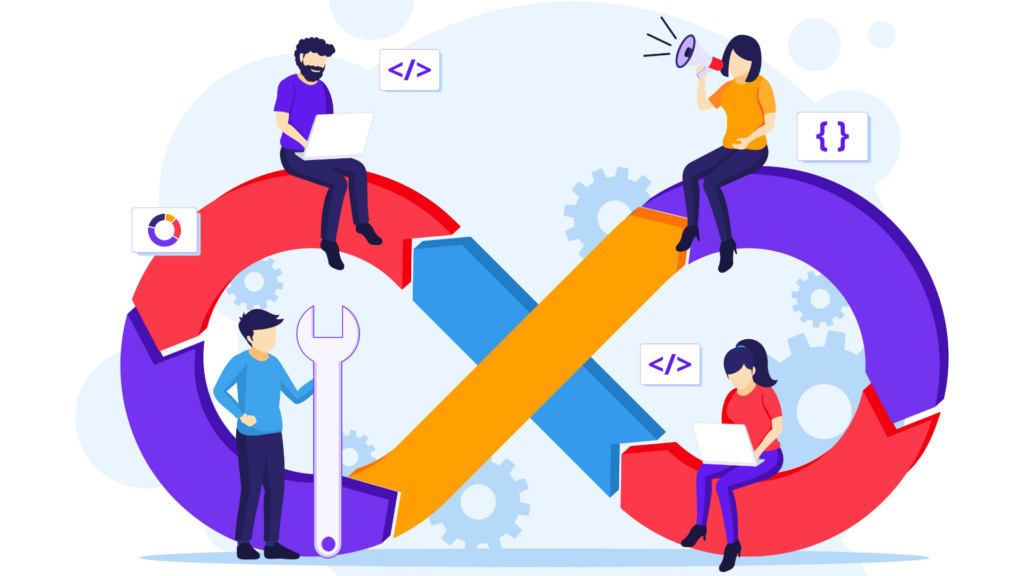
What is waterfall development model & its benefits?
The waterfall development model is a sequential project management method that includes separate stages that address various aspects of product development. Each phase must be finished before the next may begin, making it difficult to apply modifications once a phase is done, particularly in complicated projects.
Key benefits of the waterfall model include
- Its linear sequential process makes it easy for teams to grasp project requirements
- Project scope, budget, and timeline are determined upfront, providing predictability
- Extensive documentation of project requirements aids in future maintenance and updates
- The design phase is well-structured before software development begins
- Clearly defined project phases help define team dependencies
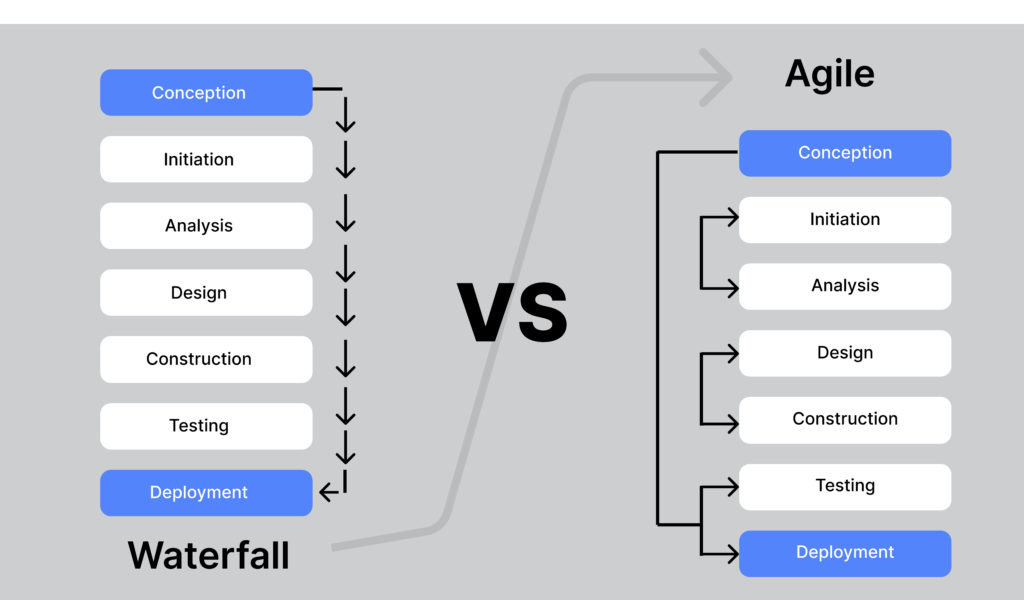
Challenges of the waterfall development model include
- The waterfall methodology is rigid and lacks flexibility, making it difficult to incorporate changes during the project
- Each phase must be completed before moving on to the next one, which can lead to delays in project delivery
- Clients are not typically involved until the end of the project, increasing the risk of misunderstandings and dissatisfaction
- Transition between phases can lead to wasted time and resources
- Additional communication is needed during phase transitions, adding to project overhead
- Compared to agile methods, product ownership and engagement may not be as strong in the waterfall model.
Sum up
In conclusion, both the Agile and Waterfall approaches provide distinct benefits and problems in software development. While Agile encourages flexibility, customer participation, and quick iterations, Waterfall emphasizes predictability, detailed documentation, and well-defined project stages. The decision between the two is based on project requirements, team competencies, and organizational preferences.
Finally, good project management revolves around picking the strategy that is most aligned with the project’s objectives and restrictions. Understanding the benefits and shortcomings of each methodology enables teams to improve their development processes and create effective software solutions that match stakeholder demands.






